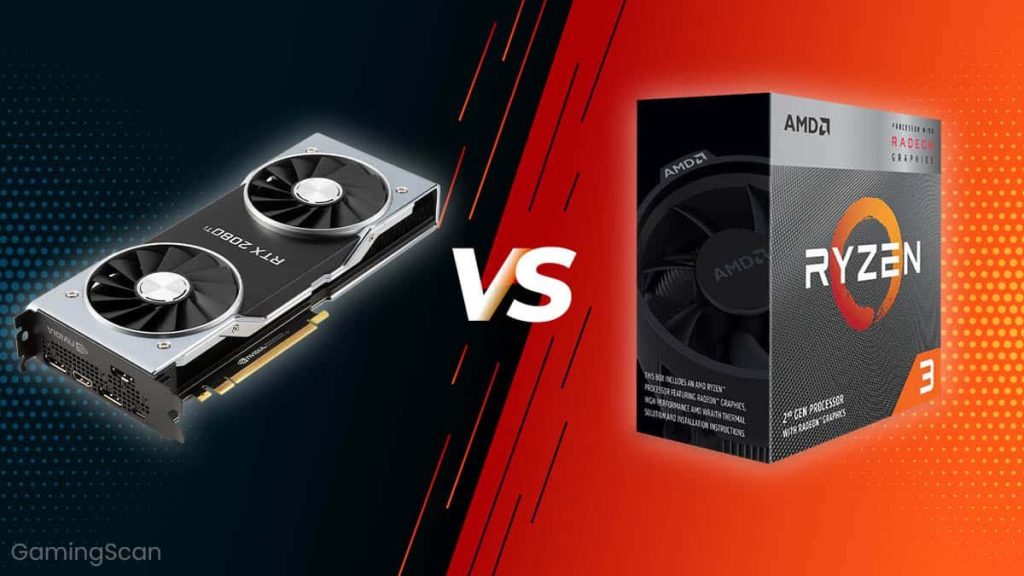
Computer Graphics Cards: Integrated vs. Dedicated
Introduction
When it comes to choosing a graphics card for your computer, there are two primary options to consider: integrated and dedicated. Each has its own advantages and disadvantages, and understanding the differences between them is key to making an informed decision. In this article, we will delve into the world of computer graphics cards and explore the benefits and drawbacks of both integrated and dedicated options.
What are Integrated Graphics Cards?
Integrated graphics cards, also known as integrated GPUs (Graphics Processing Units), are built-in components within a computer’s Central Processing Unit (CPU). These graphics cards are designed to handle basic graphical tasks and are primarily targeted at casual users who do not require high-performance graphics capabilities.
Advantages of Integrated Graphics Cards
Cost-effective: Integrated graphics cards are typically more affordable compared to their dedicated counterparts, making them a suitable choice for budget-conscious individuals.
Power-efficient: Integrated graphics cards consume less power, which results in longer battery life for laptops and lower energy bills for desktop users.
Space-saving: Since they are integrated within the CPU, there is no need for an extra slot on the motherboard, saving space inside the computer case.
Less heat: Integrated graphics cards produce less heat due to their lower power consumption, resulting in a cooler-running system overall.
What are Dedicated Graphics Cards?
Dedicated graphics cards, on the other hand, are separate units with their own processors and memory specifically designed for handling complex graphical tasks. These cards are mainly used by gamers, video editors, graphic designers, and professionals who demand high-performance graphics processing capabilities.
Advantages of Dedicated Graphics Cards
Superior performance: Dedicated graphics cards offer significantly higher performance compared to integrated GPUs. They are capable of running graphically demanding games, rendering complex 3D models, and handling intensive video editing tasks.
Upgradability: Unlike integrated graphics cards, dedicated cards can be easily upgraded or replaced, allowing users to keep up with the latest technologies and improve performance as needed.
Special features: Many dedicated graphics cards come with additional features such as support for multiple monitors, enhanced video encoding/decoding capabilities, and improved gaming performance through technologies like NVIDIA’s ray tracing and AMD’s FreeSync.
Virtual Reality (VR) support: Dedicated graphics cards are specifically optimized to handle the demands of virtual reality, delivering smooth and immersive VR experiences.
Conclusion
In summary, the choice between integrated and dedicated graphics cards depends on your specific needs and budget. Integrated graphics cards are perfect for casual users who prioritize cost-effectiveness, power efficiency, and space-saving. On the other hand, dedicated graphics cards are essential for gamers, graphic designers, and professionals who require top-notch performance, upgradability, and advanced features. Remember to consider your usage requirements and balance them with your budget to make the right choice.


